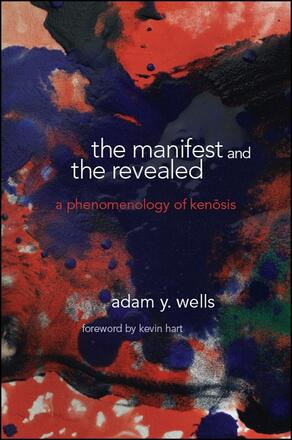
The Manifest and the Revealed
c
Alternative formats available from:
Offers a new phenomenological method for biblical interpretation that opens up the possibility of an absolute science of scripture.
Description
What is scripture and how does it function? Is there a "scientific" way to understand its meaning? In answer, Adam Wells proposes a phenomenological approach to scripture that radicalizes both phenomenology and its relation to Christianity. By reading the "kenōsis hymn" (Philippians 2:5–11) alongside the work of Edmund Husserl, Wells develops a kenotic reduction that rehabilitates the Husserlian idea of "absolute science" while also disclosing the radical philosophical implications of Paul's "new creation." More broadly, The Manifest and the Revealed pushes the fields of phenomenology and biblical studies forward. The turn to scripture, as a source for theological and philosophical reflection, marks an important advance for the recent "theological turn" in phenomenology. At the same time, by bringing to light the incredible complexity of scripture, phenomenology provides a ay for contemporary biblical studies to exceed its own limits. Wells demonstrates how phenomenology and scripture ultimately illuminate one another in profound and surprising ways.
Adam Y. Wells is Assistant Professor of Religion at Emory & Henry College and the editor of Phenomenologies of Scripture.
Reviews
"The book joins careful and patient scholarship with a not-so-common ambition and daring in the multiple disciplinary contexts that it disrupts and illuminates." — W. Chris Hackett, coauthor of Quiet Powers of the Possible: Interviews in Contemporary French Phenomenology